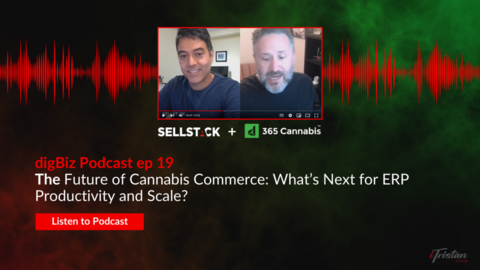
Top 5 Reasons to Integrate Your E-Commerce Platform with ERP
If your cannabis or commerce operation is running e-commerce and ERP separately, you're bleeding time, accuracy, and margin. Integration isn't a "nice to have"—it's the backbone of intelligent growth, especially in regulated and SKU-heavy environments.
Whether you're handling medical cannabis patients with complex workflows or DTC orders with warehouse-level SKUs, syncing your stack means fewer surprises, faster ops, and fewer “WTF just happened” moments in your back office.














